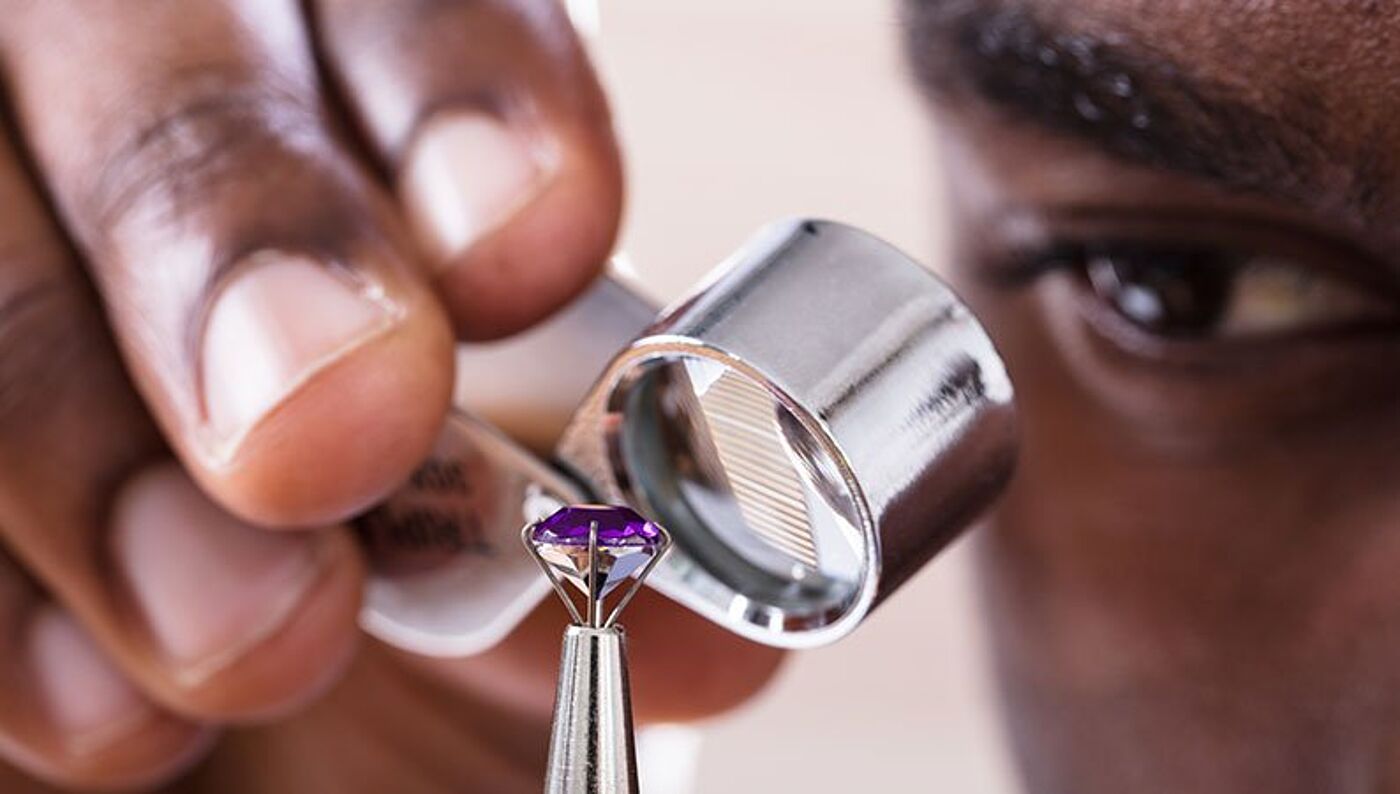
IP investment and the jewelry industry: an opportunity for economic growth in Africa
It is no secret that Africa is an important continent for the production of minerals and precious metals. Even so, despite an abundance of design creativity that is obvious to anyone who walks down a street in Johannesburg or another African city, very little jewelry made from precious metals and gemstones is manufactured there. The wealth of local expertise and craftsmanship is regrettably overlooked in favor of purely material assets.
While strolling the streets of central Antwerp, a major diamond hub of Europe, and passing shopfront after shopfront of beautiful but expensive diamond jewelry, one cannot help but wonder why so little of it is manufactured on the continent where the vast majority of valuable raw materials are extracted. Given the abundance of talented designers and the precious-metal mining sector's strength in many African countries, it is logical for jewelry production to expand there as a secondary industry. A larger African jewelry manufacturing and export industry could be sustainable with increased investment by various stakeholders, including local governments, the mining industry and the wider jewelry world.

As an Intellectual Property (IP) attorney, it is my opinion that an essential part of any such development initiative would be the generation and management of IP assets, including creating vibrant jewelry brands as trademarks and sources of licensing income. A further strategy could be establishing geographical indications (GIs) to associate jewelry made in a particular region with materials sourced in the same area. We shall examine the relevant data on both tangible and intangible assets to explore this market opportunity.
Precious metal, gemstone and jewelry production in Africa
The African continent is a noted source of precious metals, with South Africa and Ghana being among the top ten gold-producing countries in the world. Regarding diamond production, six out of the top ten countries are in Africa, namely South Africa, Botswana, Namibia, Angola, the Democratic Republic of Congo and Sierra Leone.
Even though more than half of the world's engagement rings use materials mined in Africa, there is not a single African country in the list of top 15 jewelry-manufacturing countries, which, between them, account for more than 90% of the world production.

Intellectual Property ownership in Africa
Similar room for expansion is evident in the realm of IP since approximately 2 percent of the world's trademarks are filed in Africa and only about 1 percent of patents. However, the target jurisdiction of an IP filing is not the only indicator of investment level. Perhaps more relevant to our purpose is the measure of IP activity by origin, where the highest-ranking African nation is South Africa, rated 40th for trademarks and 41st for patents.
Growing the jewelry industry through Intellectual Property investment
In my assessment, there is an opportunity for African jewelry manufacturers to expand further into global markets by cultivating their IP assets, specifically brand recognition. There is also room for African states to bolster their local jewelry industries by providing supportive frameworks for firms to deepen and exploit their IP.
IP plays a vital role in the promotion of a successful jewelry business. Much of the value of the world's largest fashion and jewelry companies lies in their brands, legally protected with portfolios of registered trademarks. The trademarks used to market their jewelry products constitute significant financial assets because of the premium consumers who are willing to pay for a product bearing the brand. Underpinning this phenomenon are strong marketing initiatives suggesting that a product with a particular brand name is worth more than a generic one.

The aura of exclusivity generated by these marketing campaigns further increases demand and, consequently, perceived value. For the jewelry IP owner, a trifecta of strategies must be employed to help a business grow. Initially, the marketing policy creates a revenue stream that is protected by legal operations to develop and register trademarks. Once branding activities are complete, a licensing scheme can be deployed to enhance income and market presence.
Licensing and revenue streams
IP licensing establishes revenue streams not only for a brand owner, but also for their resident country through taxation. The owner of a trademark has the right to give third parties permission to manufacture, distribute and market goods bearing that trademark in return for royalty payments that can vary anywhere between 1 to 20 percent of the value of the goods sold by the licensee. This licensing income, in turn, increases the value of a brand as an incoming-generating asset.
By developing more prominent jewelry industries, African countries could benefit from an inflow of capital stemming from the exportation and licensing of goods marketed under fully-matured brands. As these same brands become more reputable, the owners' products would increase income and attract more foreign revenue and investments, creating jobs and sustainable growth.
Expertise and creativity
Another aspect of IP is expertise, and as far as design and creativity are concerned, there is no lack of artistic talent in Africa. These skills could be better utilized, even by renowned foreign producers. There is an opportunity for governments and industry players to market the talents of local jewelry designers globally and to help them produce an income from licensing agreements, seeking formal legal protection and, where necessary, to obtain registered design rights.

Geographical indications and jewelry
Another significant potential is to create new GIs through the marketing of jewelry from regions associated with the materials used in their manufacture. With legal protection secured through trade agreements, the value of the goods produced in their respective areas would be enhanced worldwide. Alongside Champagne and Parmesan, Northern Cape or Kalahari could become synonymous with the goods produced in those countries. This type of worldwide protection would require considerable lobbying and negotiation in trade deals in conjunction with extensive marketing initiatives from governments, manufacturers and mining companies.
Conclusion
In summary, there is great potential to see more African firms selling jewelry sourced and manufactured locally. There is no lack of creativity in Africa when it comes to music, fashion, clothes and the beautiful beaded jewelry that one can buy from small vendors. African flair and flavor have much to offer a regional jewelry industry as well as global markets. Perhaps IP development and ownership are not the only keys to the African jewelry industry's success, but remain essential to consider.
Filed in

Exploring an alternate 2025 where patents are made weaker by design to encourage sustainable innovation.



